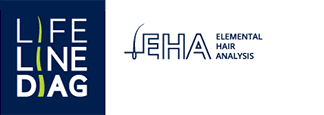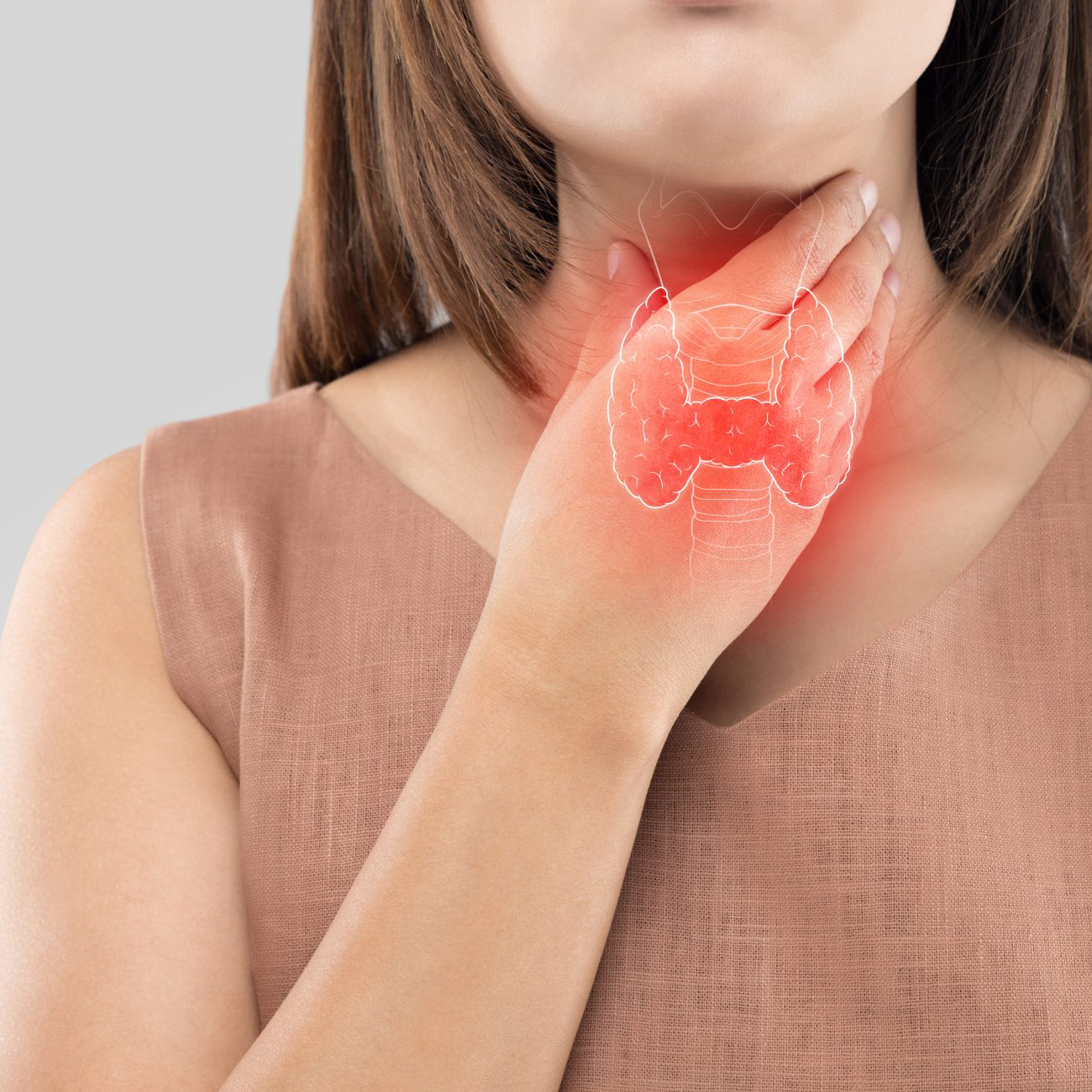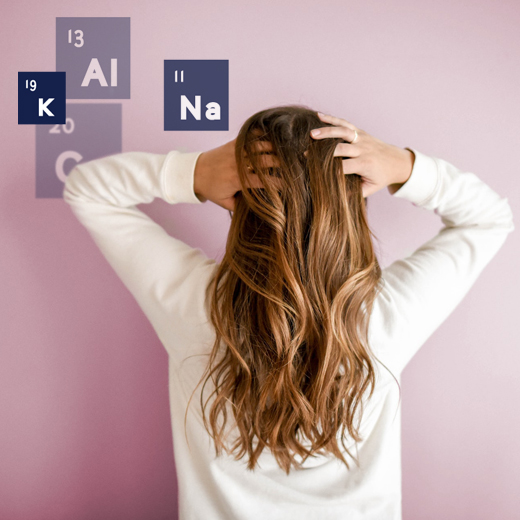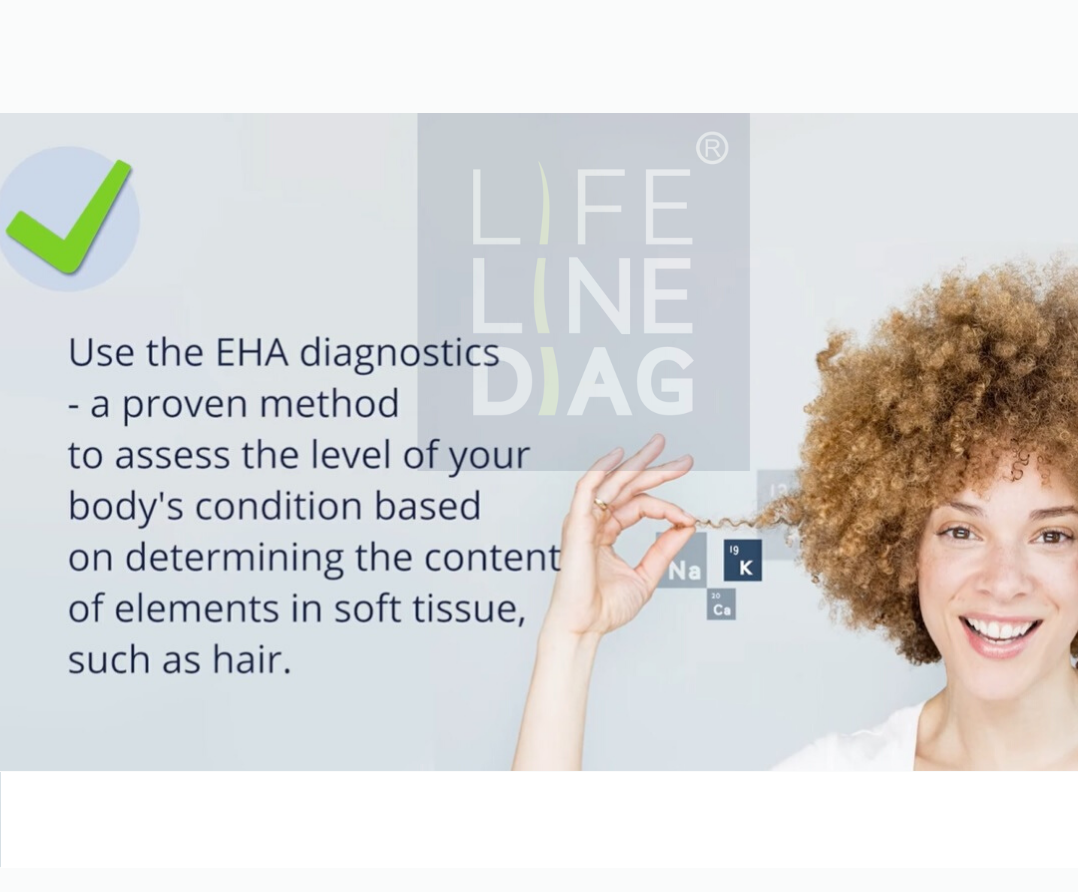ANCIENT AND MODERNITY IN THE NATURAL THERAPY OFFICE – A Beneficial Combination for Health
In today’s approach to health, there is a noticeable trend towards returning to early, even ancient concepts. The advancement of science and technology has allowed us to understand the principles of the functioning of individual cells and atoms, and it has been discovered that these principles also govern the overall functioning of the human body and all natural processes. This order and interdependence were described thousands of years ago by Chinese medicine, which used this acquired knowledge in a broad sense of therapy and patient recovery. Can we also utilize it today? Let’s try to find an answer to this question.
























